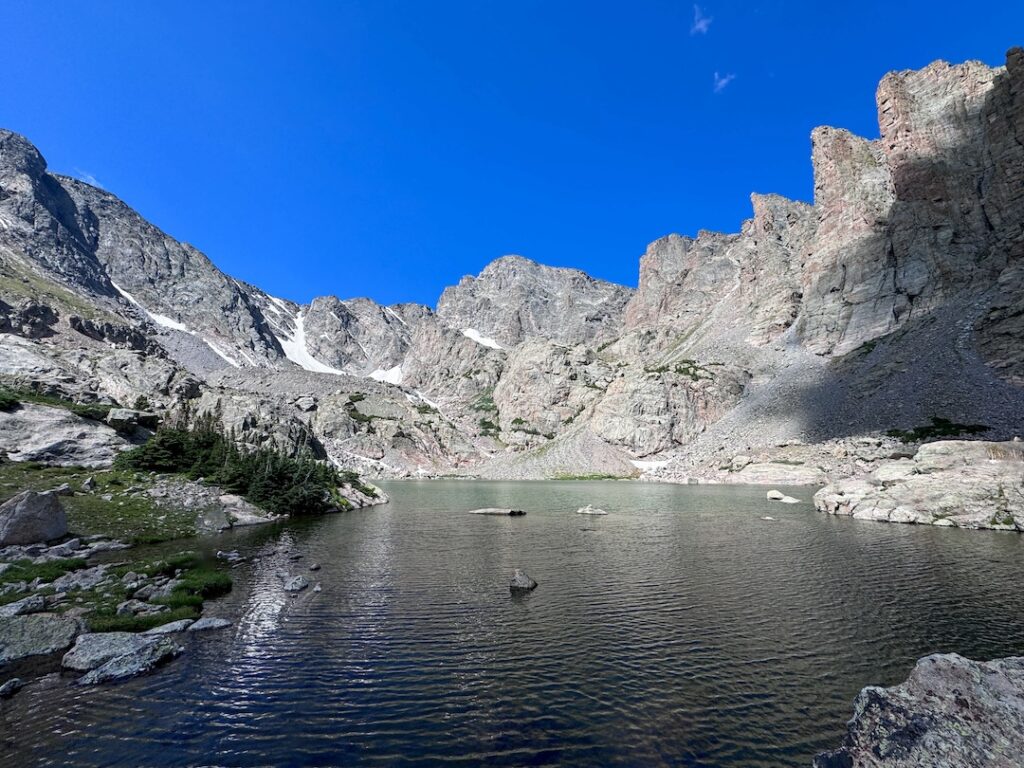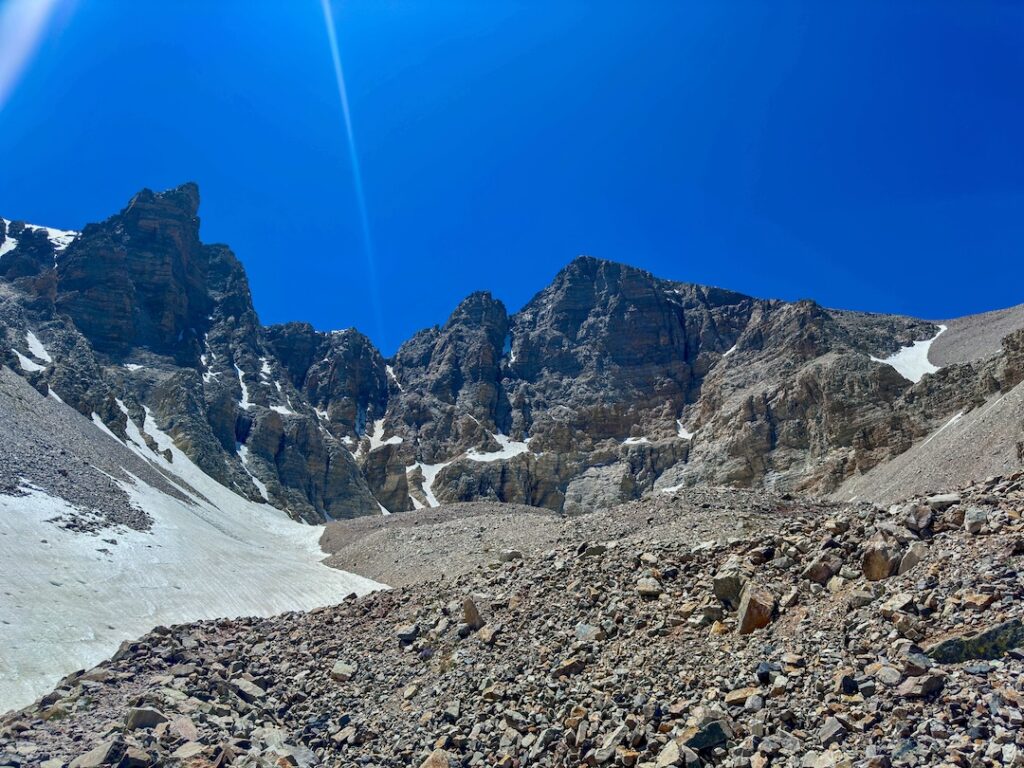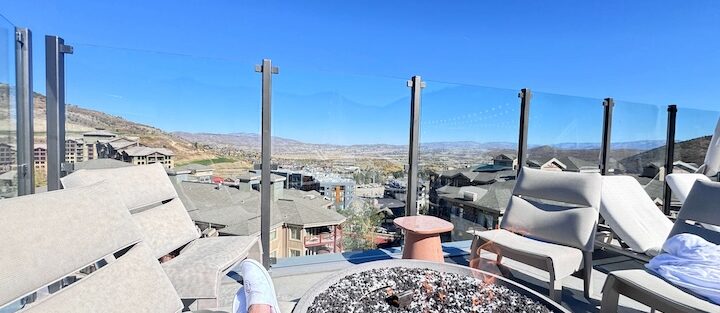The moment I pulled into my new city, car packed, reality hit me like a freight train. I actually did this. No more “one day” talk, this was real. Exciting? Hell yea! Overwhelming? Also, Hell Yea!
The first 30 days after moving alone are a whirlwind of emotions. One minute, you feel like an adventurous trailblazer; the next, you’re questioning all your life choices while eating takeout on an unpacked box. But here’s the thing, the first month is crucial. It sets the tone for how you’ll adjust, adapt, and ultimately, make this new place feel like home.
If you’re in that messy, exhilarating, what-the-hell-am-I-doing phase of relocating solo, here’s what I learned from my own experience and a few tips to help you not just survive, but thrive.
Week 1: The “Welcome to Chaos” Phase
Your first week is a rollercoaster. You’re hyped, you’re exhausted, and honestly, you’re probably running on caffeine and adrenaline with a splash of anxiety.
The first thing that I did was pack the essentials. Forget trying to make your apartment Instagram-worthy, just get your bed, toiletries, and kitchen basics set up. You’ll thank yourself when you’re not digging through boxes at midnight looking for a toothbrush.
I made it a point to explore my immediate area, not in a touristy way, but more of a “Where the hell is the closest grocery store?” kind of way. This led to an awkward experience when I moved to Salt Lake.
I found a grocery store near my new apartment, filled my cart with a decent amount of stuff, and headed to checkout, only to realize they didn’t accept credit cards, just debit, which I didn’t have. The cashier scoffed at me as I fumbled through my options, making an already uncomfortable situation worse. Not exactly the best start to finding my go-to store, but I managed.
Lesson learned: find your basics, grocery store, pharmacy, gas station, coffee shop. Even if you don’t have a routine yet, knowing where to get food and toilet paper is a solid start.
I’ll admit, during my first big solo move, I was so lost that I ordered basic necessities, like toilet paper and sponges, on Amazon because I had no idea where to go. Let that sink in.
Pro Tip: Your GPS is your new best friend, but try driving or walking around without it sometimes. You’ll start memorizing streets way faster.

Week 2: The “Wait, Did I Make a Mistake?” Phase
This is when the high of the move starts to wear off, and the reality of being alone really sinks in. I won’t sugarcoat it, week two sucks. You miss familiarity, your social life feels nonexistent, and suddenly, even the barista at your old coffee shop seems irreplaceable.
Here’s how I pushed through:
- I forced myself to get out. No, you won’t magically make best friends overnight, but staying cooped up will make you feel worse. Whether it was grabbing a coffee, car ride in the middle of the night, or walking through a local park, I made it a goal to leave the house daily.
- I started talking to people. Even small interactions, chatting with a cashier, asking someone for a recommendation, helped me feel less like a ghost in my own city.
- I set up my first “fun” outing. For me, it was finding a local hiking spot. For you, it might be a museum, a new restaurant, or a live event. Just do one thing that reminds you why you moved in the first place.
Pro Tip: Homesickness will creep in, but don’t let it take over. Call family and friends, but balance it with staying present in your new environment.

Week 3: The “Alright, Let’s Figure This Out” Phase
By week three, I started feeling a little more settled. Not fully comfortable by any means, but not completely lost either. This is when you should start building some structure because the first two weeks are survival mode.
I focused on:
- Creating a routine. Even simple habits like walking the same route each morning.
- Finding a go-to grocery store, gym, or park. It’s weirdly comforting to have “your spots.”
- Testing out social circles. It’s a step in the right direction. Don’t be afraid to put yourself in situations where connections can happen.
Pro Tip: If you work remotely, work from a co-working space or a café once in a while. The change of scenery helps, and you might even strike up a conversation with someone.

Week 4: The “Hey, This Might Actually Work” Phase
By the end of the first month, something shifts. You still don’t have it all figured out, but the panic has faded. You’re not just existing in your new city, you’re starting to live in it.
You’ll have moments where you catch yourself feeling comfortable. You recognize streets without checking your phone. You bump into someone you’ve met before. You start feeling like this might actually be home.
For me, the biggest sign I was adjusting wasn’t just texting my old friends to talk about how much I missed home, I was texting to tell them about the gnarly hike I just did.
Give Yourself Grace
Moving alone is hard, but it’s also one of the most rewarding things you can do. The first 30 days are messy, emotional, and sometimes overwhelming but they’re also the foundation of something amazing.
So, if you’re in the thick of it, just remember: You won’t feel lost forever. Keep exploring, keep putting yourself out there, and most importantly give yourself time to feel and grow into this new version of you.
One month down, a whole new adventure ahead.
Support the Adventure
To make your walls less boring, check out my photography portfolio and bring a piece of the wild and my story into your home.
If you’d like to fuel future adventures, you can donate a coffee on Ko-Fi. Every cup keeps me chasing sunrises and stories.
When you shop using my affiliate links, every click helps support this blog at no extra cost to you. It’s a small way to keep Unicorn Adventure alive and kicking while I keep exploring.
Subscribe to my mailing list for future updates, new stories, and behind-the-scenes adventures.
Stay connected with me on Instagram and Facebook for more photos and daily inspiration.
Thanks for being part of the journey, Unicorn Squadron!


